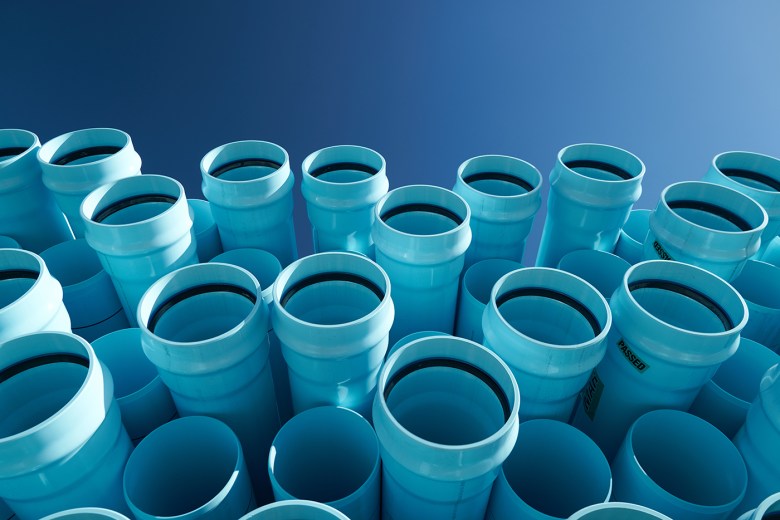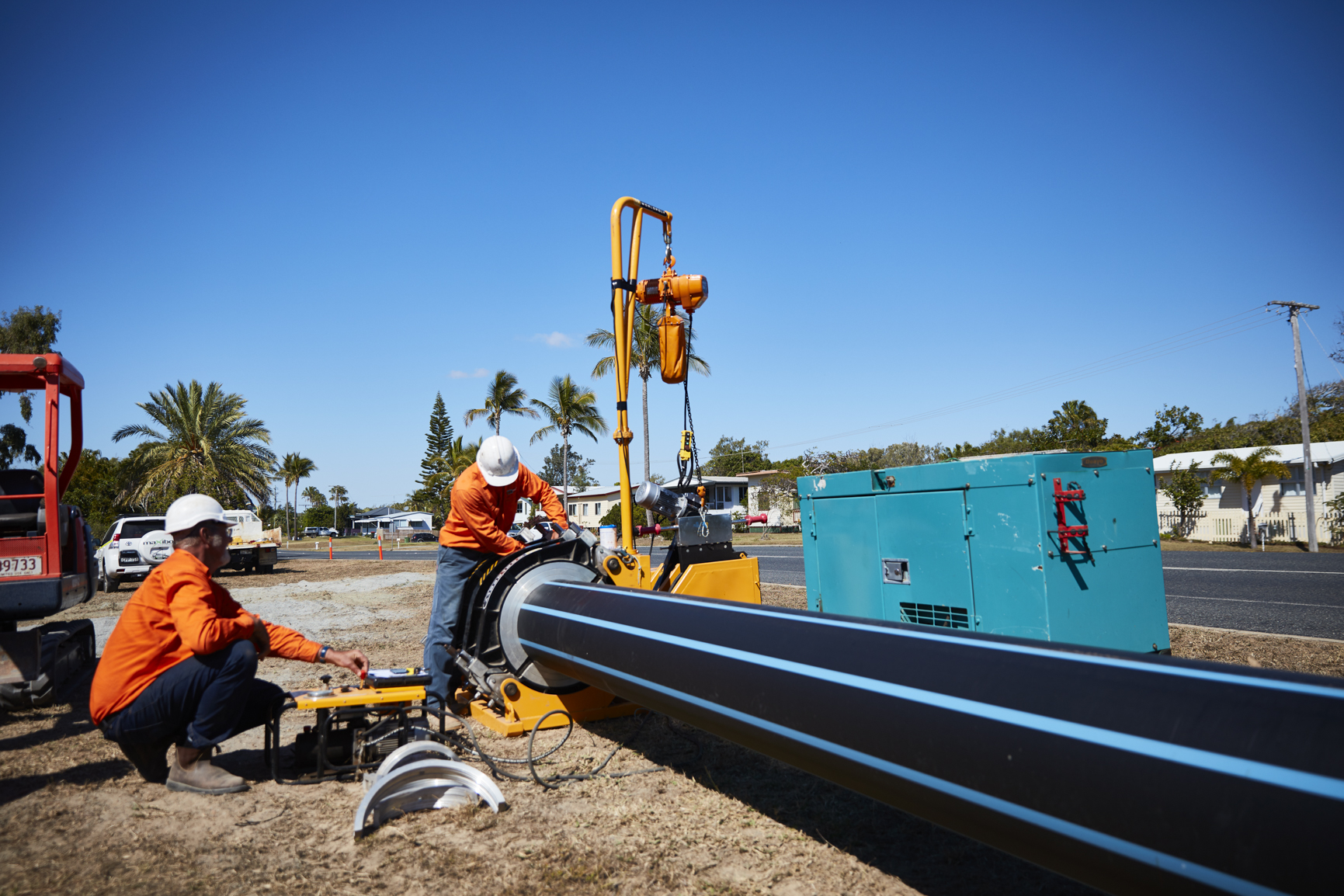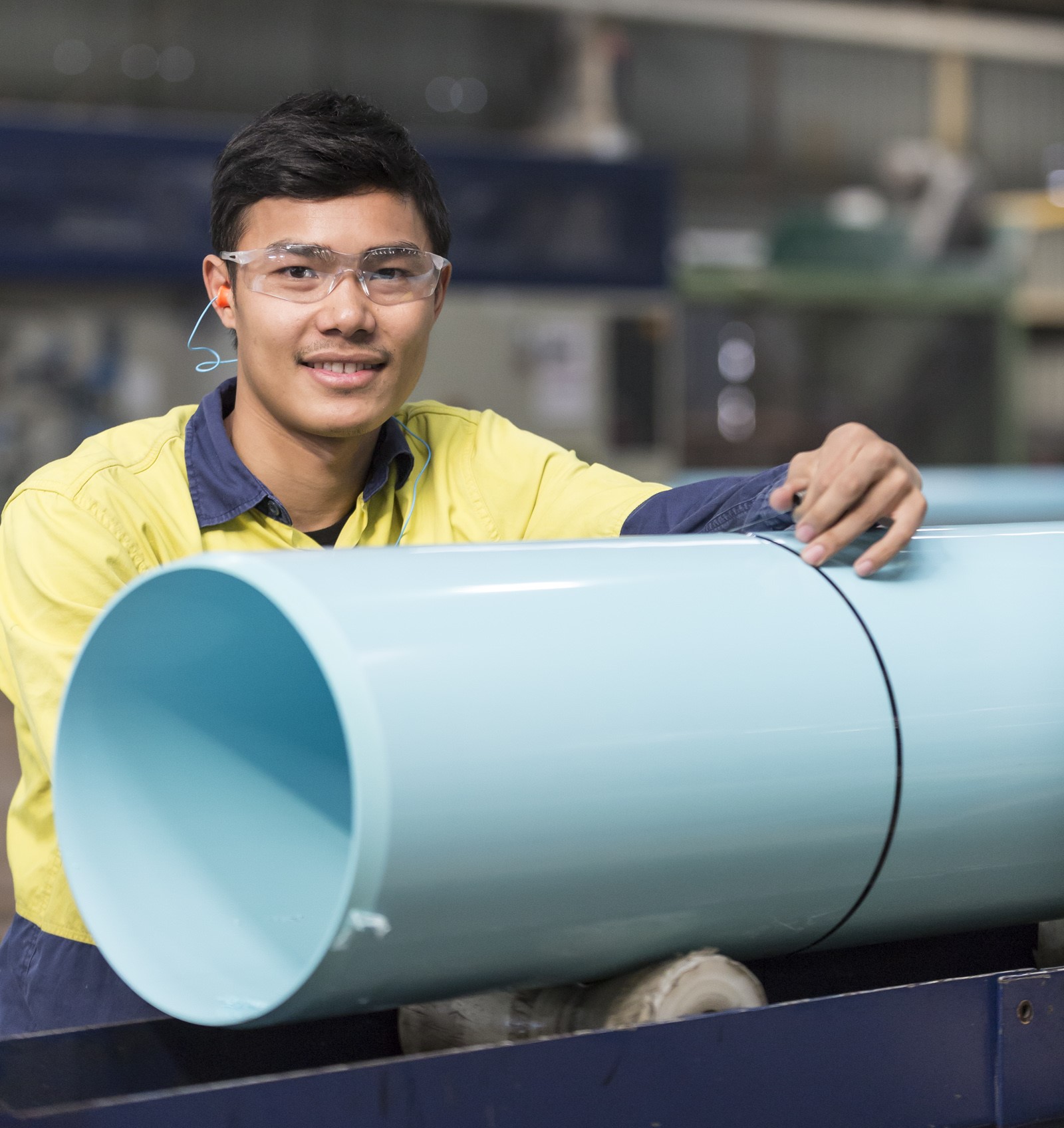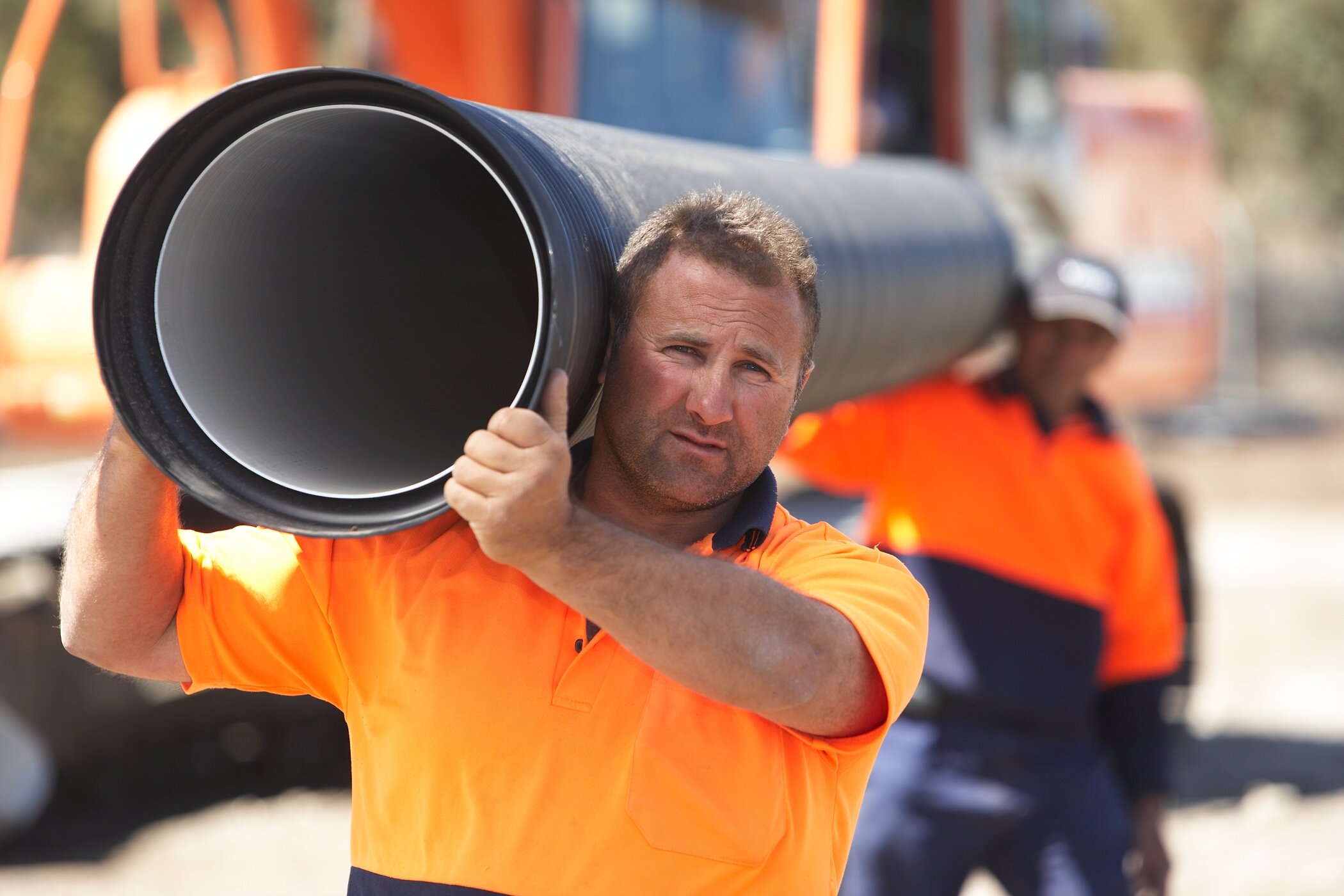
Have you ever thought about the role plastic pipes play in our everyday lives? They have transformed the way we live, delivering essential services and utilities to our homes and communities. Plastic pipes reliably deliver fresh drinking water, gas and electricity to our homes. Protect the network of cables that deliver internet and other services and are used in irrigation systems that are essential for growing food for Australia and the rest of the world. They also safely carry away sewerage, rainwater and stormwater protecting our environment.
It’s hard to comprehend the vast network of plastic pipelines installed and in operation here in Australia and around the world as the majority of them are buried, out of sight and remain there in service for in excess of 100 years. Today’s plastic pipeline systems are still in their first life cycle.
The Plastics Industry Pipe Association of Australia (PIPA) was founded in 1999 and are the peak industry body representing manufacturers and suppliers of plastics pipe and fittings, plastic resin suppliers, fabricators, pipeline installers, rubber seal ring manufacturers along with training and certification bodies.
As a non-profit association, PIPA works to promote the appropriate and contemporary use of plastic pipes and fittings throughout Australia. This is achieved through their four key pillars of advocate, educate, technical and sustainability.
One of the key focus areas for PIPA is to educate on the differences between plastic pipes and fittings to other plastics, like single use and the role plastics pipe play in the circular economy.

Executive General Manager, Cindy Bray explained “Not all plastics are the same and too often plastics pipe systems are mistakenly put in the same category as single use plastics. Plastic pipes are long-life products, not single use, made from materials engineered to be robust, reliable, recyclable with a service life in excess of 100 years.”
With Australia’s focus on transitioning from a linear to a circular economy, PIPA recognises the importance of educating how plastic pipe systems align with the key principles of the circular economy – better use of resources, closed looped resource flows and preventing waste and pollution through better design.
Cindy states “When we talk about a circular economy, we are talking about an innovative model for rethinking our approach to products by design. The aim is to ensure products are used efficiently and in use for as long as possible. Plastic pipe systems achieve this with their long life – from design, manufacturing, use, repair, re-use, recovery and recyclability.”
Plastic pipes are engineered products designed to last

The first phase of a circular economy is design and make. This covers efficient use of resources, prevention of waste and pollution through better design and manufacturing processes.
The plastic material used to manufacture pipes is engineered to be robust, reliable, and recyclable. They are intended and designed to last a long time, more than 100 years. The engineered polymers used are stable materials. These properties are suitable for a product such as pipes requiring long life expectancy.
Bray says, “Some people may be surprised by the production plants for the manufacture of plastic pipes are relatively simple. The main inputs are the plastic pellets or powder and electricity. Production equipment is electrically powered, and heating is electric as temperatures required to melt the plastic are relatively low. This results in a very clean and enclosed process.” Bray continues “There is no combustion or chemical reaction required and therefore no smoke or emissions are produced. Through the clean manufacturing process, plastic pipes release less emissions and have a lower embodied energy than alternative materials.”
Through manufacturing, scrap or re-work material generated is also re-used, designing out waste therefore aligning with circular economy principles. Suitable post-consumer and pre-consumer materials can also be used to manufacture non-pressure plastic pipes. Due to plastic pipes exceptional long service life and the vast majority of them still in their first life cycle, there is a low volume of appropriate and suitable recycled content available. However, over the last two decades the industry has aimed to recycle the maximum amount of usable plastic pipe and other suitable materials into new plastic pipes with recycling programs and take back schemes.
Cindy states “There is already now capacity to increase the use of recycled material across a range of non-pressure pipe products when suitable waste stream volumes become available – we already have the solution. It’s important for pipe manufactured with recycled content to conform to the relevant Australian Product Standards, just as pipes manufactured from virgin materials do. Due to the critical role plastic pipes play they must be fit for purpose, regardless of their composition.”
Durability is a result of product design

Part of the circular economy is to design a product that has the ability to remain functional, without requiring excess maintenance or repair when installed correctly under normal operation over its lifetime.
Bray notes “For plastic pipes it is intended that they can be installed and not require any maintenance or repair for decades, unlike other materials”.
Plastic pipes withstand the forces they are subjected to, they do not corrode, resist chemical attack, they resist abrasion and maintain a smooth bore for easy fluid flow and better hydraulics. They are also designed not to leach secondary material into the fluid flow which is important for drink water applications. Plastic pipes are safe for the people and the planet.
Re-use before recover

At the end of their long service life, plastic pipe systems in buried infrastructure applications can be re-used without removing them from under the ground.
“These services are likely to become a host for a new plastic pipe,” said Bray. “There is a strong focus on recycling, but reusing the pipe significantly reduces the use of energy and resources. It also reduces the environmental impact of digging up a pipeline after 100 years. There are some applications where suitable recycling streams are available such as pipe off-cuts, but it’s not for all of them.”
Bray says from design, manufacture, installation and performance you can see why plastic is the material choice for pipe and supports a circular economy in a closed loop system.
“By using recourses responsibility through better design, we are working smarter. We’re committed. And we’re working towards creating a healthier environment and sustainable future. That’s using plastic for good”.
To find out more visit PIPA www.pipa.com.au
Comment below to have your say on this story.
If you have a news story or tip-off, get in touch at editorial@governmentnews.com.au.
Sign up to the Government News newsletter
Anthony Gleeson on: Victorian infrastructure set to fail as climate change bites: report
Sue Phillips on: 15 councils participate in SA emissions reduction trial
Garth Daddy on: War memorial contracts fudged, audit finds